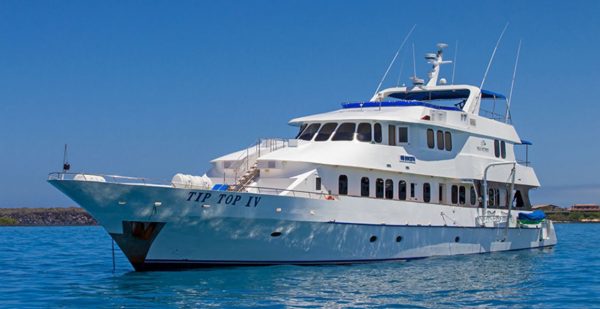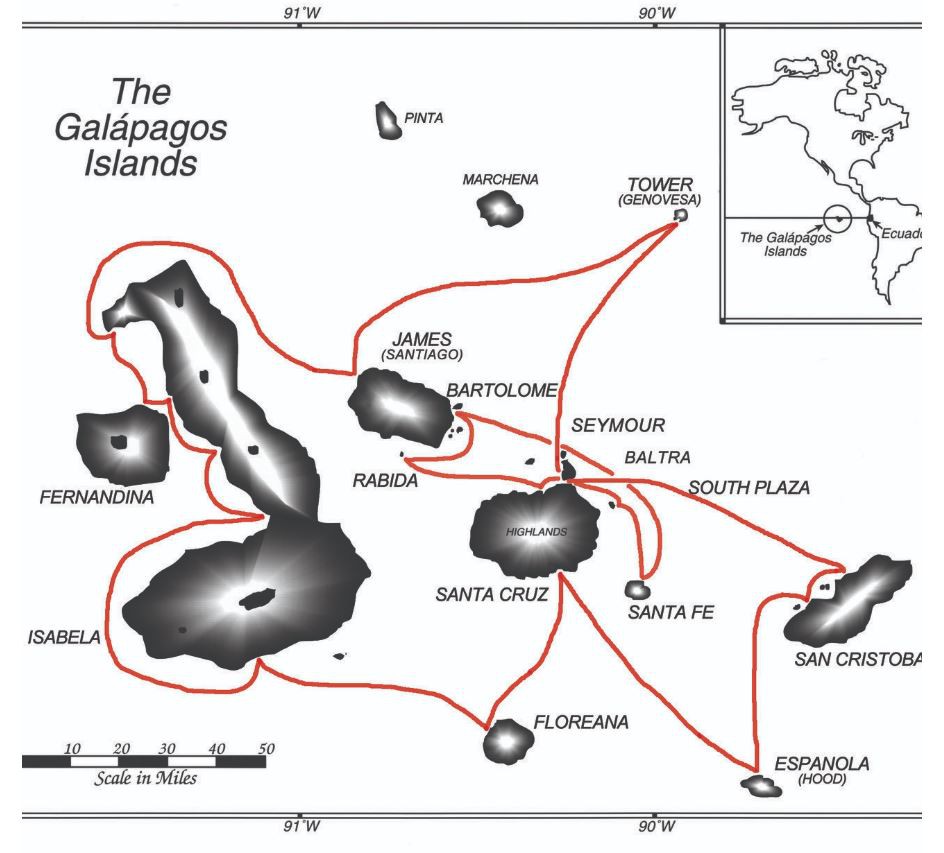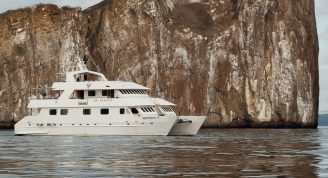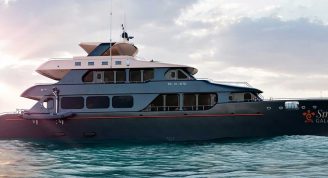Description
This voyage spends 15 days in the Galapagos Islands. Out trips are the longest regularly available tours of the Galapagos.
It is the fate of most voyagers, no sooner to discover what is most interesting in any locality than they are hurried from it…
Charles Darwin, 1845
Our trips are educationally-oriented and are accompanied by a Tour Leader / Biologist in addition to a local Naturalist Guide. The tours are oriented to the passenger who wants to observe and learn as much as possible about the Galapagos – the animals and plants – on land and in the water.
The tours are also oriented to photographers (although you don’t have to be a photographer to get full value and enjoyment from our trips). We do offer some light photographic advice and, more important extensive, unique, and excellent photo opportunities.











